Most people familiar with the 1924 devotional Streams in the Desert know little about the author Lettie Cowman. Overflowing Faith describes how personal heartbreak and a need to fill her thirsty soul led to Lettie penning the devotional.
Still in print 100 years later, with untold millions of copies sold, Streams in the Desert continues to speak to weary hearts, particularly to those dealing with personal grief and despair in a world gone mad.
Biographer Michelle Ule traces how a girl from Iowa grew up to prompt the final gospel crusade through Eastern Europe before WWII. Using Streams in the Desert as an opening, Lettie Cowman worked tirelessly to share the gospel before the Iron Curtain sealed off believers from the western world for 50 years.
This story of a remarkable woman’s earnest desire to share the gospel provides insight and encouragement for modern Christians facing a hostile, unbelieving society. [back cover copy]
Do you find peeking into the lives of people from another era interesting?
Well Michelle Ule’s Overflowing Faith: Lettie Cowman and Streams in the Desert is beyond a peek and beyond interesting.
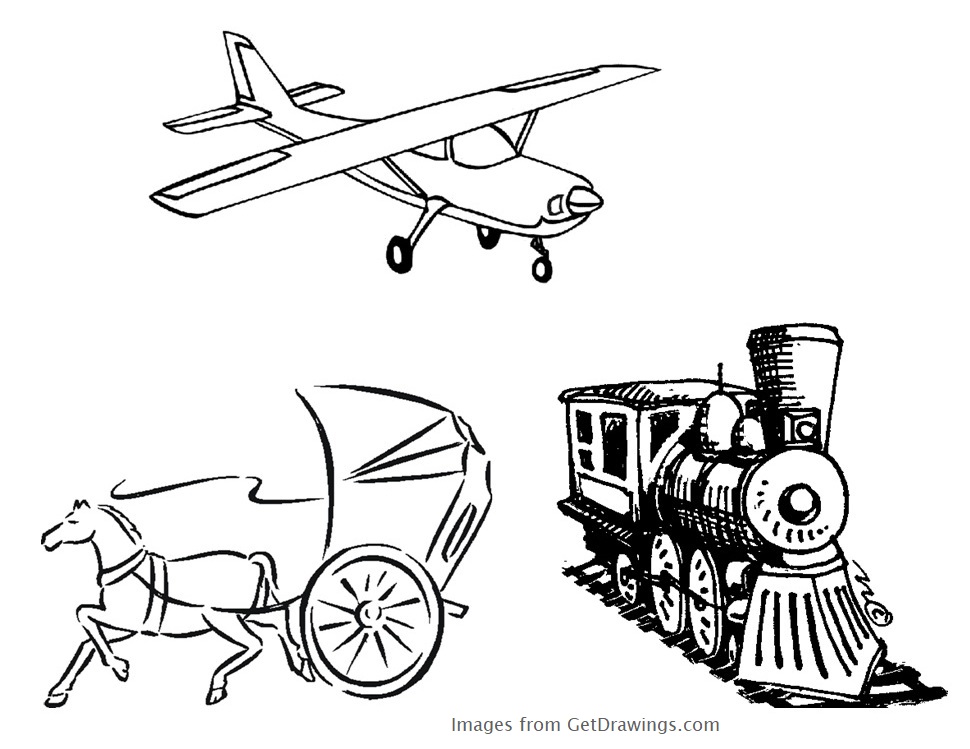
Ule explores and shares Lettie’s life from her early days in Iowa to her world travels as transportation went from buggy to train, ship to plane. And what a ride! I learned so much about Lettie ~ but even more about God, Who seemed to have his hand on Lettie’s life from the beginning. (Doesn’t Scripture tells us that He does for every one of us. But do we often see it so magnificently?)
Lettie was raised as a pampered daughter of a well-to-do farm owner and at 15 met Charlie Cowman, the young man who would become her husband. Or she thought she met him at 15. It turned out that they’d met about 12 years earlier when Charlie’s family was traveling west and had stopped for the night to camp on the farm of Lettie’s parents.
Ule’s unfurling of Lettie’s story is packed with such “coincidences,” such as how God used health challenges Lettie faced to position the Cowman’s for the next step in their ministry.
Early in the Cowman’s marriage, they had moved to Chicago because Charlie received a promotion. Lettie’s unusual attendance at a revival meeting led to her soon being saved and purposing to follow God’s guidance. Throughout the Cowman’s ministry together and her eventual 40+ years of leading ministry as a widow, Lettie was diligent about waiting for guidance and backing it up with Scripture. She expected God to guide His work. And He did.
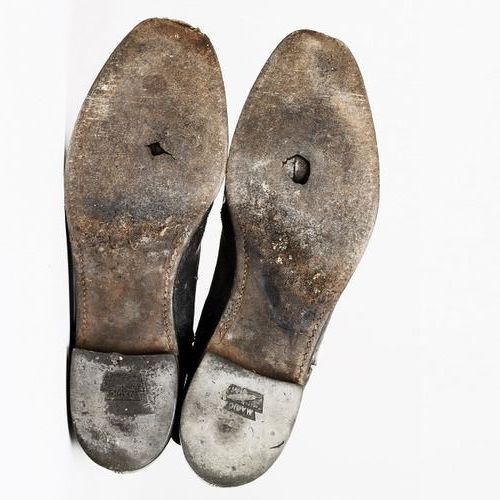
Their ministry was bold, The Cowman’s traveled to Japan and with Juji Nakada started Oriental Missionary Society (OMS), a Bible Training Institute, and began an outreach campaign called the “The Great Village Campaign wherein teams of Western teachers and Japanese trainees systematically visited EVERY home in Japan (10.2 million!), sharing the Gospel and leaving a tract and/or portion of Scripture with the family. One missionary said they wore out a pair of shoes every month!
Charles died in 1924, and though Lettie grieved terribly, she soldiered on, eventually shepherding the OMS to reach new countries, new groups of people, even expanding to new continents.
Following Lettie’s life captured me. Seeing (Hearing, really. It was an audiobook!) her simple faith and the powerful consequences presented so clearly struck me. Lettie’s life, this book recounting it, tapped me on the shoulder time after time as God whispered, “You can trust Me like that too.” Ule related numerous instances that caused my jaw to drop. Let me share just one with you:
WW II interrupted most of OMS official business in the Far East, missionaries were interred or left the country, etc. Lettie traveled to many places in Europe. During a trip to Wales, she met a Finnish couple who asked her to help them evangelize Finland, which she did. After WW II, OMS was being rebuilt in China and in Oct. 1948 Generalissimo Chiang Kai-shek requested 1.1 million New Testaments written in Chinese. OMS desired to provide them, but there was a worldwide paper shortage, and OMS still struggled at times to pay the bills.
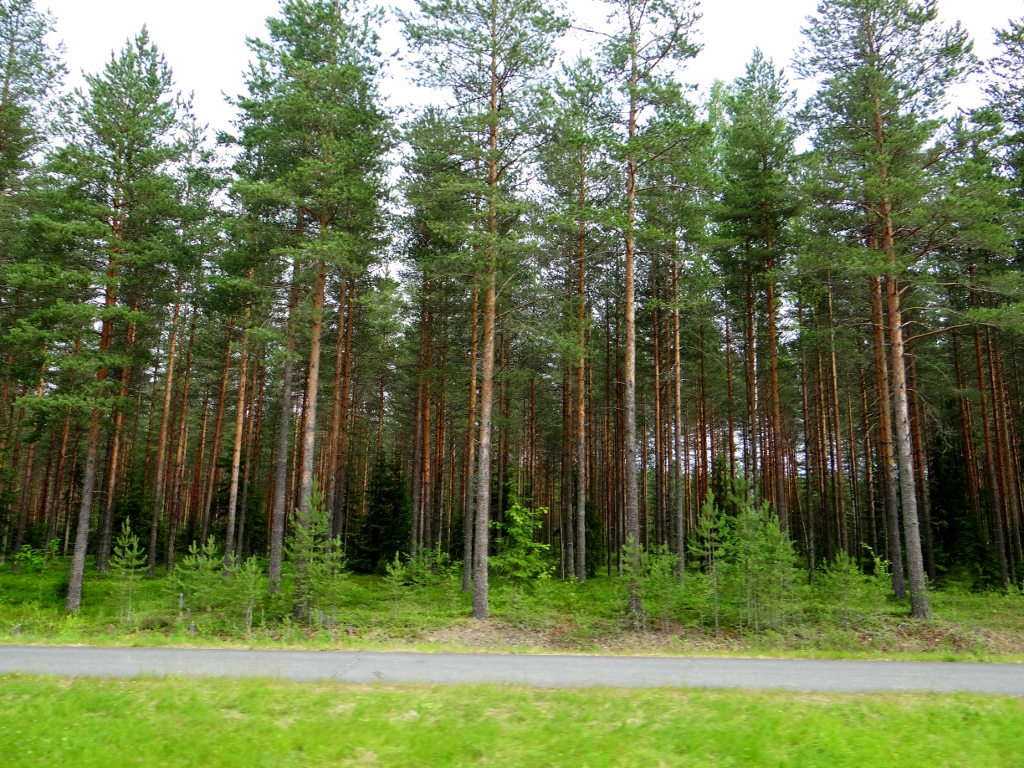
Ule tells us, “Finish Christian farmers donated enough trees for paper pulp to make 15 tons of paper. TREES! If I’d relied on my reasoning, I’d have tried for extra funds to buy rare paper to print resources. God went to tree farmers. The paper was turned into tracts and Scriptures for Europe, Asia, and South America.” Imagine that! I can hardly.
Some of Lettie’s travels, at the time, seemed to make no sense. Some said she stretched herself too thin, beginning outreach to South America, England & Wales, Finland, Eastern Europe. But all the while God was weaving a tapestry.
I consumed Overflowing Faith in audio form, the story read by the author. Typically I don’t find an audio book the best form for me, especially for texts with lots of dates or numbers. I like to read, highlight certain passages. But this story kept my interest and had very few spots with numbers that pulled me out of the story. Ule’s reading was superb. Her tone and pitch varied. She even changed voices a bit for characters’ speech (But have the volume a tad louder because sometimes Lettie’s voice is whispery and needs a bit of volume.). She also did something that made the story relevant in another way. When speaking about money, she also converted it into 2022 amounts.
Overflowing Faith is a powerful telling of the compelling life of a partnership of Lettie Cowman and God. I highly recommend it.
Visit Michelle’s website to learn more about her and her books.
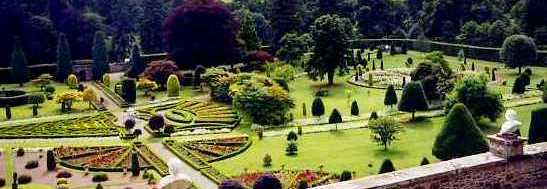
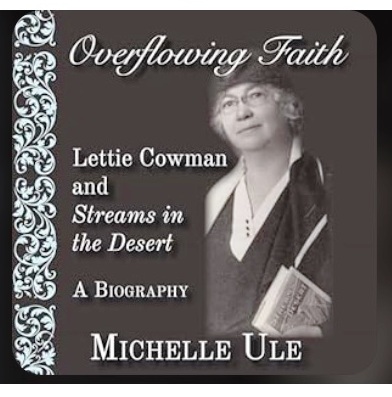
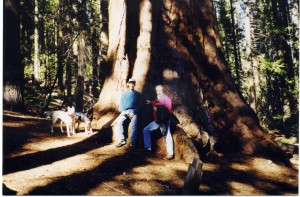
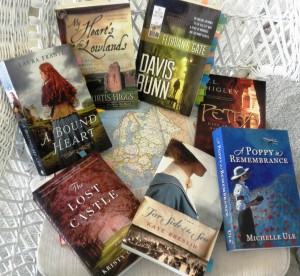 Pictured are a few that come alive in locations beyond the standard foreign fare of England or Paris.
Pictured are a few that come alive in locations beyond the standard foreign fare of England or Paris.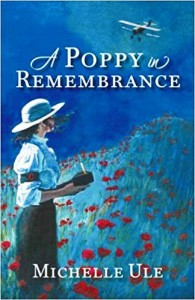 As World War I breaks out, Claire Meacham struggles to carve out a place in the male-dominated world of journalism. She struggles to hang on to hope while war tears her world apart. When she meets Oswald and Biddy Chambers, she adds another challenge—how to live out the teaching of Scripture. As the war grinds on, her new-found faith is tested and stretched.
As World War I breaks out, Claire Meacham struggles to carve out a place in the male-dominated world of journalism. She struggles to hang on to hope while war tears her world apart. When she meets Oswald and Biddy Chambers, she adds another challenge—how to live out the teaching of Scripture. As the war grinds on, her new-found faith is tested and stretched.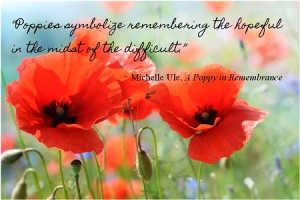 Ule has done an amazing job of braiding together stories that could each be a book unto itself: history, biography, romance, and an interesting coming-of-age tale. She weaves the various elements with sparks of beauty, wit, and wisdom.
Ule has done an amazing job of braiding together stories that could each be a book unto itself: history, biography, romance, and an interesting coming-of-age tale. She weaves the various elements with sparks of beauty, wit, and wisdom.